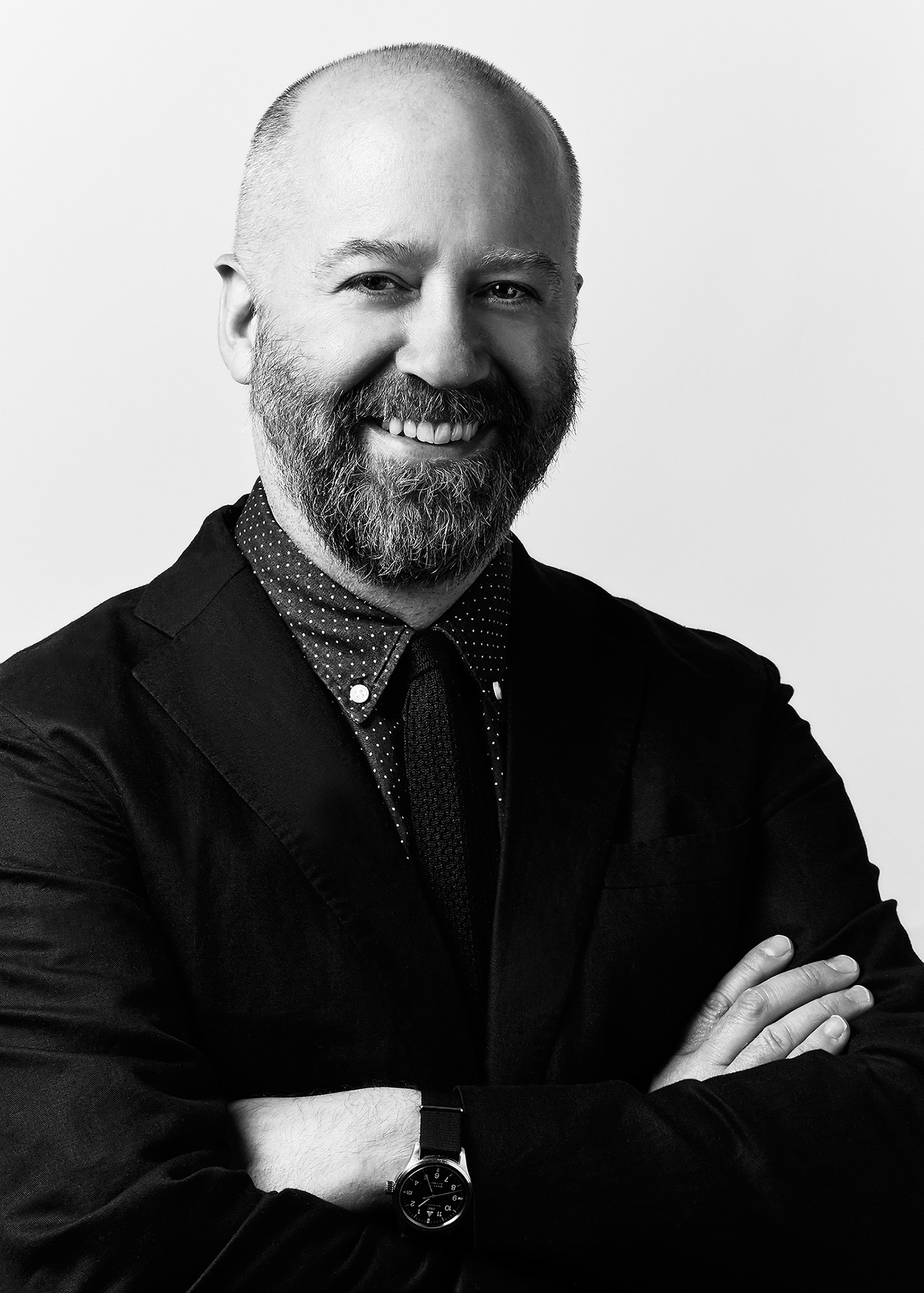Head of the Class: Contemporary retailers share what they’ve learned

Four contemporary retailers, from Chicago, Washington, D.C., Pittsburgh and Atlanta, tell us about what has made them successful.
Haberdash
Adam Beltzman opened the 1,400 square foot Haberdash in Chicago as a denim boutique in 2005. As styles evolved, so did Haberdash, now known for its modern spin on classic menswear. He also teamed up with retail consultant Jerry Kamhi to grow Haberdash into a multi-platform brand. They went through a “re-imagining process” together and opened a second location (1,000 square feet of selling space) in October 2010 in a high profile area of Chicago. They’re also expanding their online footprint and hired a director of brand communications to spearhead their internet platform through digital marketing (blogging, etc.) and e-commerce (set to launch April 2011).

On fall 2011: We’re going to be purer in the way we buy heritage brands. For example, we’ll buy outerwear from people like Barbour because they create well-made, functional pieces. We’ll use our online platform to relay that message. Today’s guy is interested in the heritage and the history of the brands and we can get that information out to him online.
On pricing issues: We’re cautious about pricepoints. It’s important for us to have a mix of attainable prices and also products that guys are willing to pay a premium for, like made in America brands.
Lost Boys
Kelly Muccio from Lost Boys in Georgetown shares a secret: Jimmy Buffet was just in her store and bought an entire wardrobe! (Please don’t tell…)
But we’re not surprised, considering that this 1,200 square foot space with gorgeous polished wood floors and stone walls is run more like an art gallery than a clothing boutique, with limited assortments of great stuff that changes regularly. (Open just two years, Kelly was previously in personal finance, but recognized that her real passion is fashion.)
On what’s hot now: Anything that can be worn multiple ways, e.g. a herringbone blazer styled like a jacket or a three-in-one quilted jacket.

On why she doesn’t do trunk shows: I used to do trunk shows and seasonal previews, but it really didn’t work for us because our customers want my edits. They don’t want to see a whole collection; it’s all about the edit.
A great accomplishment: Styling MR publisher Stu Nifoussi in a Shipley & Halmos blazer, Gilded Age scarf and Theory trench! —KAG
Moda

On switching things up: It was around 1992 on a buying trip in Paris. I contacted Paul Smith’s showroom and they asked me what brands I carried. I had to think quick because my point was to change the mix. This was before Google, so I told them that I carried Comme de Garcons, Jean Paul Gaultier, and Gigli and they agreed to meet with me. The salesman was impressed with my buy, so he sold me the line!

On fall 2011: We’re looking for new brands that have more approachable pricepoints. We’ll never be the store that sells $59 woven shirts, but we are looking to bring in new brands that can sit well with our more expensive labels. We experimented with this for fall 2010 with Ben Sherman and it worked.
The hardest part of being an independent: Obviously it’s competing with the big stores, but lately it’s been competing with the flash sale sites. We had to drop lines because they were selling the same merchandise to sale sites for less than wholesale.
Bill Hallman
When we asked Bill Hallman how his holiday season was, he responded saying, “I’d compare it to being a rockstar who just came off tour and finally has a chance to rest! We had a great season and are up 10 percent over last year.” Hallman owns three stores in Atlanta: Bill Hallman Original (50/50 men’s to women’s); Flaunt (100 percent women’s); and the Studio, the newest addition that doubles as a design studio. Hallman started his career as a designer in the ’90s and is dipping into it again with private label. Another cool addition is the barber shop that he opened in back of the Original location.

The hot holiday item: I coined the term “slacket” which is a big, chunky sweater worn as a jacket. It’s a nice luxury item and worked to be a great gift item from brands like Sand, No Excess and G Star at $200 to $600 retail.
On fall 2011: I’m traveling to New York twice this season, first to meet with my core guys, but I’m going back specifically to find new brands with a fresh attitude. Guys are looking for luxury items again, but they have to be unique with quality and functionality.
On private label: It’s my top performing men’s brand. There were certain pieces I needed, but couldn’t find in the market, so I started making them myself. It’s a small collection, but the response has been so good that I plan to expand it. I focus on fit and have a mixture of casual and dressy items like unlined blazers, trench coats and trousers. I’m transitioning my denim guy into trouser pants in three fits: skinny, slim-straight and relaxed in cool fabrics like cashmere/cotton blends.




